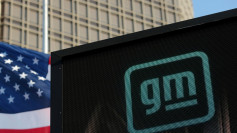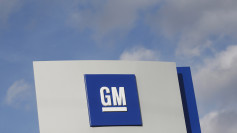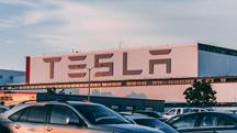Tesla has recently filed a patent called "High-Speed Wiring System Architecture" to introduce the important aspect of redundancy on its Full Self-Driving suite. With this, Tesla can ensure their clients can avoid the scary fiasco of complete system failure.
According to the Teslarati's website, the new wiring system with US Patent Publication No. 2019/0248310, serves a crucial function. Usually, normal computer wiring systems do not have the redundancy feature in their communications. Individual and separate devices are only connected to a main point or processor.
The processor sends out communication to each of the devices individually through a cable. If one of the connections is broken, communication to the device will ultimately fail. This is scary for self-driving circumstances because no communication could mean complete system failure.
Adding more cables as backup is also not an ideal solution. It can only become too costly and more inefficient in the long run. Having more backup writes mean more connection points, which would necessitate bigger boards. Bigger boards are naturally going to cost more.
With the newest wiring system patented, the scenario, as mentioned above, can be avoided. The wiring architecture of this system includes a bi-directional backbone cable that acts a loop towards the processor and vice versa. Along this backbone, the connected devices can be observed; Hubs can be found inside linked to at least one camera or radar. The backbone eliminates the problem of communication fails because it can function as two separate loops. If one part of the backbone ultimately fails or breaks down, data from each of the devices and hubs can still be sent to the processor and communication can be received from the processor as well. The dual-loop capacity ensures this.
As of now, there are still no details on how the company plans to put this new wiring system in their vehicles. According to MS Power User, this development is just part of a larger effort to ensure Tesla's self-driving cars are safe enough to deliver through the promise that the company can reduce the number of people being killed on the road.
Recently, Tesla is making headways in markets outside of the United States. The Tesla Model 3 was positively received in South Korea and Japan, where the company held test drives so that potential buyers can test some of the car's features.
In Japan, many test drivers praised the car's wide range of safety features. Many analysts are expecting the Model 3 to make it big outside of the United States. A number of governments, including Japan and South Korea, are giving out subsidies for buying electric cars. These subsidies can reach as much as $20,000.




